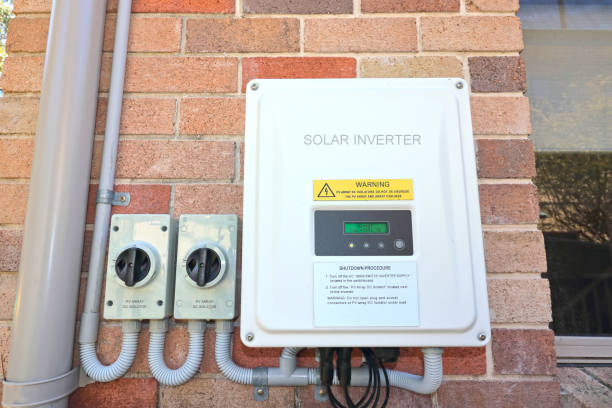Last update July 13th, 2024 at 05:38 pm
A 5kW solar panel system is among the most popular system sizes in Australia. This is not only because of the great energy output they deliver but also the fact that they are considered a good investment. You will get a lot of value for the money you invest.
Let’s take a closer look at the prices, savings and rebates you might expect from a 5kW solar system!

How many solar panels will you require?
If you install a new 5kW solar system, this will usually consist of around 15 to 20 solar panels. Each of these panels usually measures around 1.7 x 1 meter, and the system as a whole will typically cover about 25 to 35 m2 of your roof.
The roof space required will of course be affected by both the tilting and wattage of each panel.
What does a 5kW solar system cost?
The average price of a 5kW solar system in Australia is $5,450. However, the exact price will vary greatly based on where you live. The installation costs will be affected by the size of the STC rebate you will receive, and this may differ from state to state.
Usually, the price ranges somewhere between $4,200 and $7,800. In some areas of Australia, you will get better rebates – including both the government STC rebate and state rebates.
Here is an overview of what a 5kW solar system on average will cost in different Australian cities (after applying the STC rebate):
Solar system rebates throughout Australia
As you might see from the prices for a 5kW solar system across Australia, the STC rebate can differ quite a bit from state to state. If you live in the Northern Territory, the installation costs will generally be significantly higher than in West Australia, due to a lower STC rebate.
However, in the price examples above, we have not included local state rebates. This means that the price might be further reduced in some areas.
What is the expected power output?
Multiple factors will affect the power output of a 5kW solar system. This includes your geographical location (and the number of hours of sunlight per day), the tilt and orientation of the solar panels, shading from trees and buildings and temperature.
The system performance and quality might also affect the power output. However, the most important factor is the number of sunlight hours, as it is the sunlight that makes the panels produce electricity.
If your household is located in Sydney, and the solar panels are tilted in an optimal way and facing north, a 5kW solar system will typically generate around 26 kWh a day in the summer. During winter the expected output will be lower – at around 15 kWh a day.
The expected electricity output per day in Australia as a whole is around 20 kWh.

Financial savings: What is the payback period?
When you invest in a solar panel system, the system will normally pay for itself within a few years thanks to feed-in tariffs and annual electricity savings.
For a 5kW solar system, the payback period will usually be somewhere between 2.5 and 5 years. This depends on your power consumption, the efficiency of the system and of course, the installation costs and rebates.
The annual savings will typically be somewhere between $760 and $1,600, depending on these factors. If you live in Sydney, the typical payback time is 3.6 to 4.6 years if you use 25 kWh a day. In Perth, the payback time will usually be shorter, between 2.4 and 3.4 years.
Is a 5kW solar system your best choice?
Although a 6.6kW system is the most popular among Australian residents, a 5kW solar system might also be a good choice. Compared to a 6.6kW system, the installation costs of a 5kW solar system will usually be a bit lower, as the installation requires fewer panels.
If you want a solar panel system that produces around 20 kWh every day, a 5kW solar system might be a great choice. The average Australian household consumes around 16 kWh per day, and a 5kW system will often cover your needs.
If you are unsure of what solar system size to choose, we recommend you consult a solar installer. An expert will then help you find the optimal solar system size for your household, based on your daily consumption and other factors.